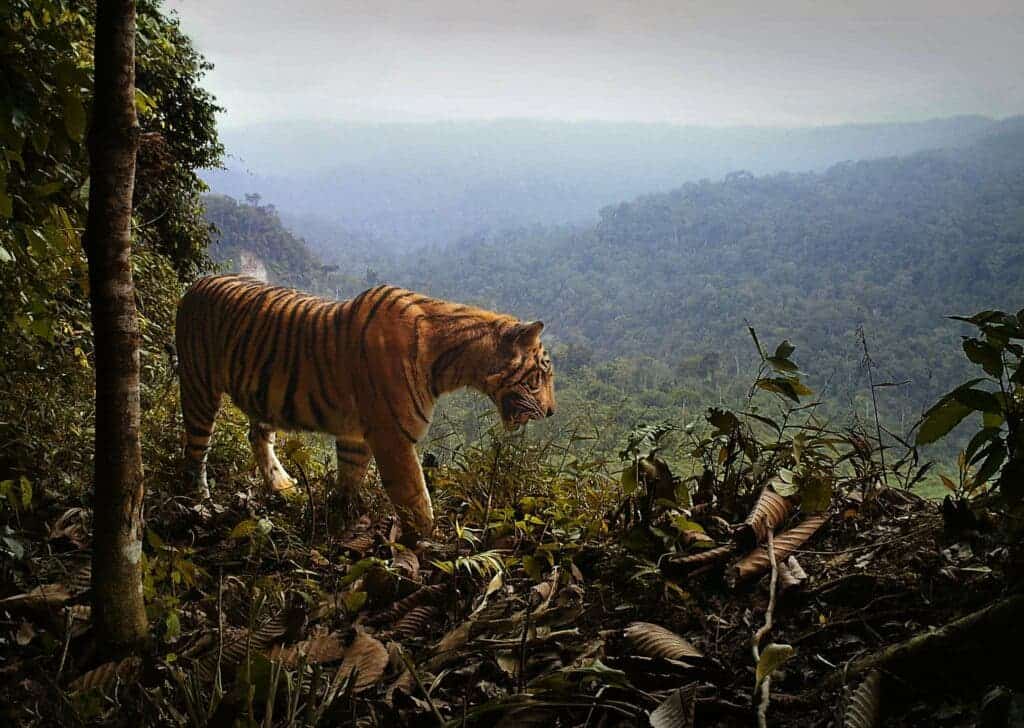Megafauna, large animals like elephants, gorillas, and tigers, are among the most affected by the world’s biodiversity crisis. This is usually worst in habitats nearby humans due to hunting and habitat degradation caused by human development. However, there are exceptions to the rule, with several large animals found thriving alongside humans in areas of Asia.

The study contradicts a common belief that proximity to humans is incompatible with animal conservation. Researchers from the University of Queensland wanted to test if global patterns about megafauna extinctions are observable in Southeast Asia’s largest remaining vertebrates. This included testing whether large species were more threatened than smaller ones and whether human pressure and deforestation affect megafauna.
While it’s usually assumed that megafauna remains confined to remote areas, such as intact forests, there are many examples in South Asia of small protected areas near human settlements that have high megafauna richness, the researchers said. This is in some cases related to better animal protection and patrolling and tourism activities.
“We tested if Asia’s large animals showed consistent extinction trends in both prehistoric times and in modern times and if modern-day parks that were similar in size and ecology retained similar assemblages of species. We also examined if modern-day responses were dependent on habitat quality and humans,” study author Matthew Luskin told ZME Science.
Animals and human infrastructure
The researchers compared prehistoric wildlife assemblages from archaeology studies to their new fieldwork results in modern forests. They focused on 14 megafauna species across 10 Southeast Asian tropical forest landscapes and used a synthesis of previous records and 21 new camera trapping surveys, hoping to better understand megafauna trends in Asia.
They found that larger species weren’t more threatened than smaller ones. This was also the case for carnivores when compared with herbivores. They also found human pressures and deforestation were driving extinctions. Four of the most degraded study sites experienced 2.5 times more local extinctions of megafauna than the six least degraded sites.
However, they also found the abundance of four specific species (tigers, Asian elephants, wild boars, and clouded leopards) actually increased in areas with greater human infrastructure. This challenges the narrative that humans and megafauna are incompatible, they argued, and shows that under the right conditions some animals can live close to humans.
“We showed how some highly endangered and charismatic species such as tigers and Asian elephants can thrive around areas with human infrastructure, but an important caveat is that these species need a fighting chance from wildlife poachers so hunting needs to be strongly regulated across the region,” Zachary Amir, study author, told ZME Science.
Up next, the researchers hope to understand how the loss of species from study sites impacts the larger wildlife community. This includes testing if the loss of predators across Southeast Asia leads to any observable changes in the abundance and behaviours of their prey species, so as to infer cascading effects that may degrade ecosystem functioning.
The study was published in the journal Science Advances.









